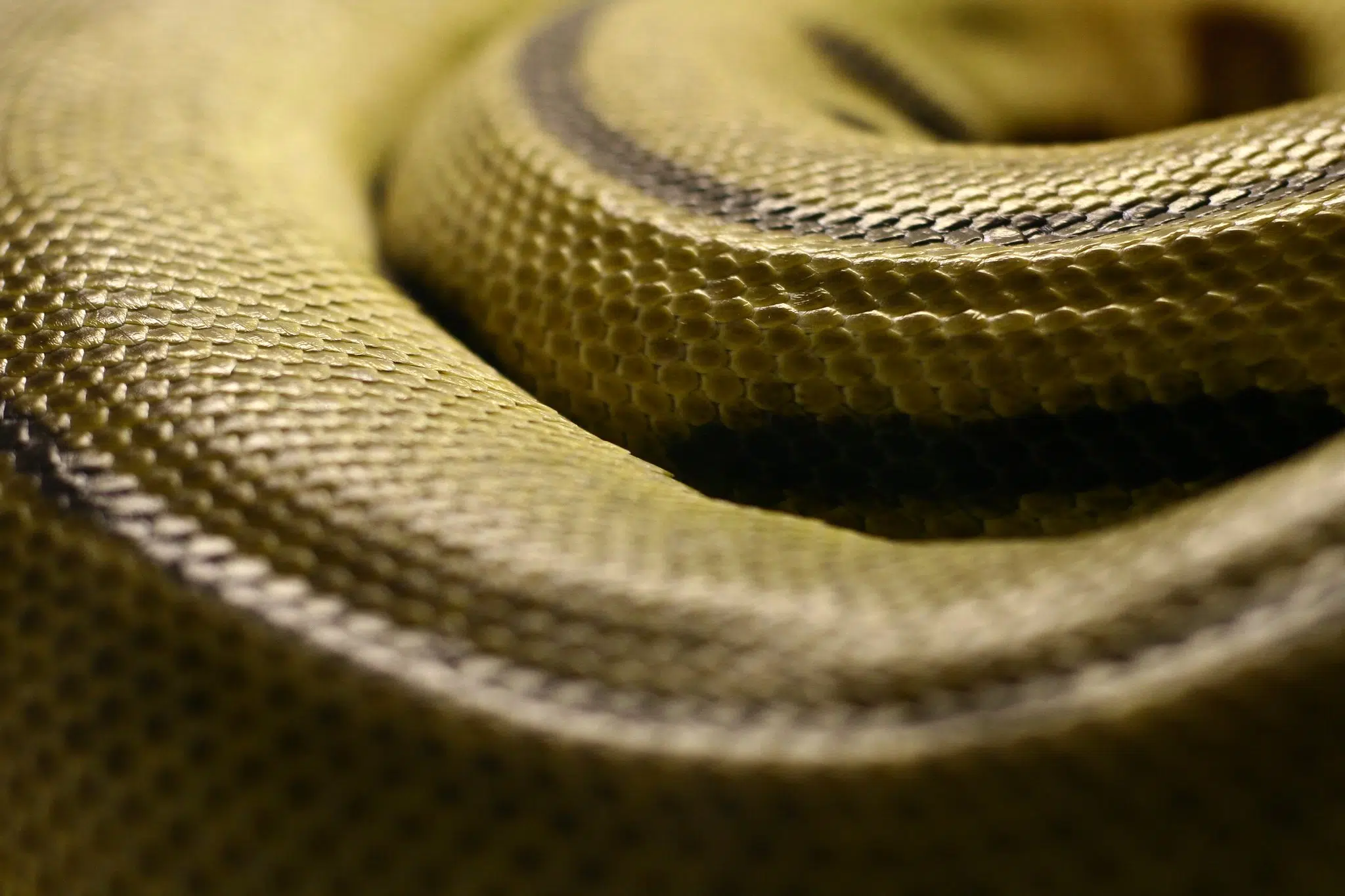
Fossil vertebrae excavated during a mine dig in western India are the remains of one of the largest snakes that ever existed, a creature thought to be up to 15 meters in length – longer than a T-rex.
Scientists have recovered 27 vertebrae from the monster snake, including a couple that are still in the same position as they would have been when the creature was alive. They claimed the snake, which has been named Vasuki Indicus, would have looked like a large python, with no venom.
The lignite mine where the snake fossil was unearthed is in Panandhro, in the western state of Gujarat.
Largest known madtsoiid snake from warm Eocene period of India suggests intercontinental Gondwana dispersal
Vasuki indicus gen et sp. nov. estimated body length of ~ 11–15 m https://t.co/ArKdFSZGb2 pic.twitter.com/GS2gzCSx0z— Dactylioceras (@Dinoh555) April 18, 2024
“Considering its large size, Vasuki was a slow-moving ambush predator that would subdue its prey through constriction like anacondas and pythons. This snake lived in a marshy swamp near the coast at a time when global temperatures were higher than today,” said Debajit Datta, a postdoctoral researcher in palaeontology at the Indian Institute of Technology Roorkee and the lead author of the study, published in the journal Scientific Reports on Thursday – as reported by the Guardian.
Due to the incomplete nature of the Vasuki fossil, the scientists have given an estimated length range of 11-15 meters and one ton in weight.
Was the Vasuki Snake Fossil larger than Others Found Previously?
Vasuki, named after the snake king linked to the Hindu god Shiva, comes close in size to another enormous prehistoric snake called Titanoboa, the fossils of which were found in a coal mine in northern Colombia in 2009. Titanoboa, believed to be around 13 meters long and more than one ton in weight, lived between 58 million and 60 million years ago. The largest living snake today is Asia’s reticulated python, coming in at 10 meters.
@zekedarwinscience A new largest snake ever? Titanaboa vs Vasuki indicus #sciencetok #evolution #snake #herpetology #biology #ancient #history #giant #dinosaur #learnontiktok #paleontology #vasuki #india #science #edutok #stem
“The estimated body length of Vasuki is comparable to that of Titanoboa, although the vertebrae of Titanoboa are slightly larger than those of Vasuki. However, at this point, we cannot say if Vasuki was more massive or slender compared to Titanoboa,” Sunil Bajpai, a palaeontologist, professor at Roorkee, and the study’s co-author told the Guardian.
These snakes existed during the Cenozoic era, which began after the dinosaur age ended 66 million years ago.
The largest Vasuki vertebra fossil was around 11cm wide, and the snake seems to have had a broad, cylindrical body perhaps around 44cm wide. The skull was not found.
“Vasuki was a majestic animal,” Datta said. “It may well have been a gentle giant, resting its head on a high porch formed by coiling its massive body for most parts of the day or moving sluggishly through the swamp like an endless train.”
The research team is not certain what prey Vasuki would have eaten, but taking into account its size, it may have included crocodilians. Other fossils found in the area included crocodilians and turtles, as well as fish and two primitive whales, kutchicetus, and Andrewsiphius.
Vasuki was a member of the madtsoiidae snake family that existed roughly 98 million years ago but went extinct around 12,000 years ago. These snakes proliferated from India through southern Eurasia and into north Africa after the Indian subcontinent collided with Eurasia around 50 million years ago, Bajpai told the Guardian.
See all the latest news from Greece and the world at Greekreporter.com. Contact our newsroom to report an update or send your story, photos and videos. Follow GR on Google News and subscribe here to our daily email!



